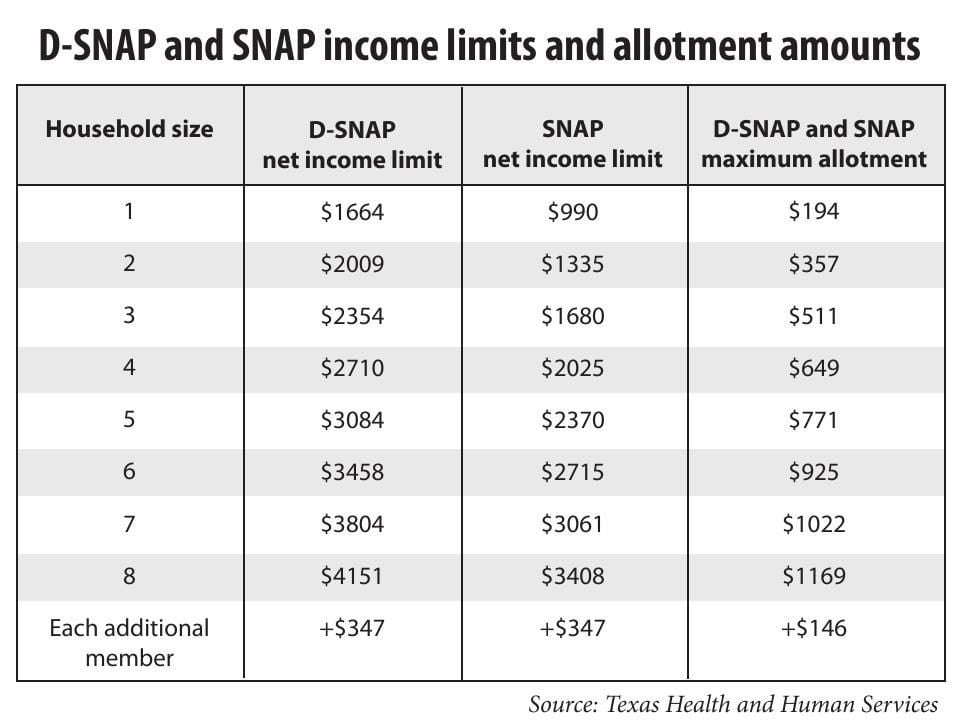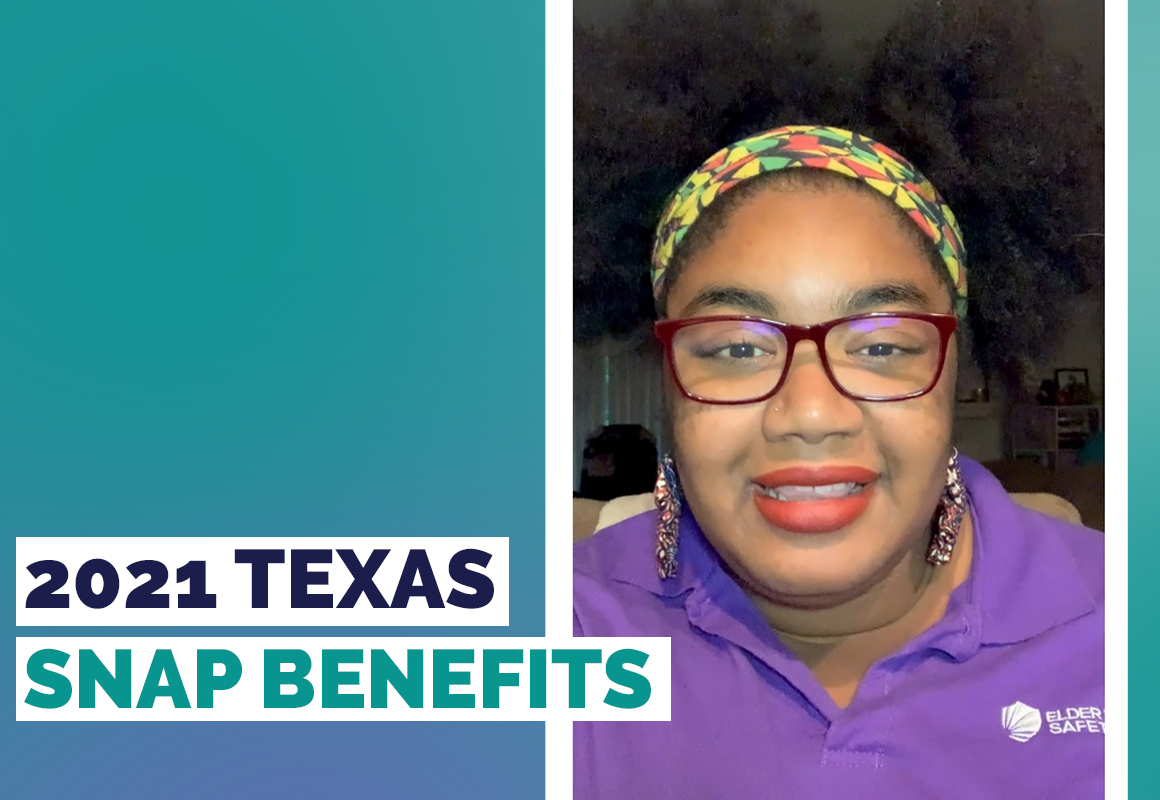

In the event the public health emergency ends, Feeding Texas is expecting a significant increase in demand for support from their food banks and an increase in food insecurity throughout the state. The anti-hunger Food Research & Action Center described the end of the SNAP emergency allotments as a “looming hunger cliff” for millions of Americans who would lose, on average, $82 a month in SNAP benefits. No one would be exempt from the loss of the increased SNAP benefits. “Every Texas household or family on SNAP will receive at least a $95 decrease in their monthly benefit, some a lot greater.” “That is what is at stake when the public health emergency ends,” Jamie Olson, director of policy advocacy at Feeding Texas told the Signal. It would represent a 36 percent cut in those distributed benefits, and the loss of 112 million meals. These payments average $332 a month, the latest state data in April shows.Īccording to Feeding Texas, a network of 21 member food banks that reaches 5 million Texans annually, if the public health emergency expires, monthly SNAP benefits in Texas would be cut by roughly $300 million. In Texas, more than 1.5 million households rely on SNAP food benefits. A family of two sees $459 a month $658 for a family of three $835 for a family of four, and so on.

To make the distribution of the benefits more equitable, a year later the Biden administration implemented a maximum benefit boost, providing an additional $95 in monthly payments for households that were already at or close to receiving the current maximum benefit prior to the pandemic.Īs it stands now, a household of one in Texas is guaranteed a monthly SNAP payment of $250. To address food shortages under the pandemic, in 2020 Congress funded a temporary increase in monthly Supplemental Nutrition Assistance Program (SNAP) benefits, allowing individuals and families to receive the maximum benefit for their household size regardless of income, so long as the public health emergency declaration continued. It means the public health emergency will continue to last for at least another 90 days once renewed, and the anti-poverty benefits associated with the declaration will carry on.įor food banks across Texas that were closely monitoring the deadline, it’s a short-term sigh of relief. Health and Human Services quietly extended the public health emergency declaration beyond July 16, giving no required 60-day notice this week that it would come to an end. Texans in need can apply for benefits, including SNAP and Medicaid, at or use the Your Texas Benefits mobile app to manage their benefits.The U.S. The emergency December allotments are in addition to the more than $5.1 billion in benefits previously provided to Texans since April 2020.Īdministered by HHSC, SNAP is a federal program that provides food assistance to eligible low-income families and individuals in Texas. This additional emergency allotment should appear in recipients’ accounts by December 31. Department of Agriculture (USDA) to extend the maximum, allowable amount of SNAP benefits to recipients based on family size, and all SNAP households will receive a minimum of $95 in emergency allotments.

HHSC received federal approval from the U.S. “As Texas families gather to celebrate the holidays this month, this will provide some comfort to them with these additional funds to help them buy nutritious food,” said Texas HHS Access and Eligibility Services Deputy Executive Commissioner Wayne Salter. “I thank HHSC for their continued efforts to secure access to nutritious food for millions of Texas families. “The extension of emergency SNAP food benefits for the month of December ensures that Texans can put food on the table this holiday season,” said Abbott. The allotments are expected to help more than 1.5 million Texas households.

2 the Texas Health and Human Services Commission (HHSC) is providing more than $308 million in emergency Supplemental Nutrition Assistance Program (SNAP) food benefits for the month of December.


 0 kommentar(er)
0 kommentar(er)
